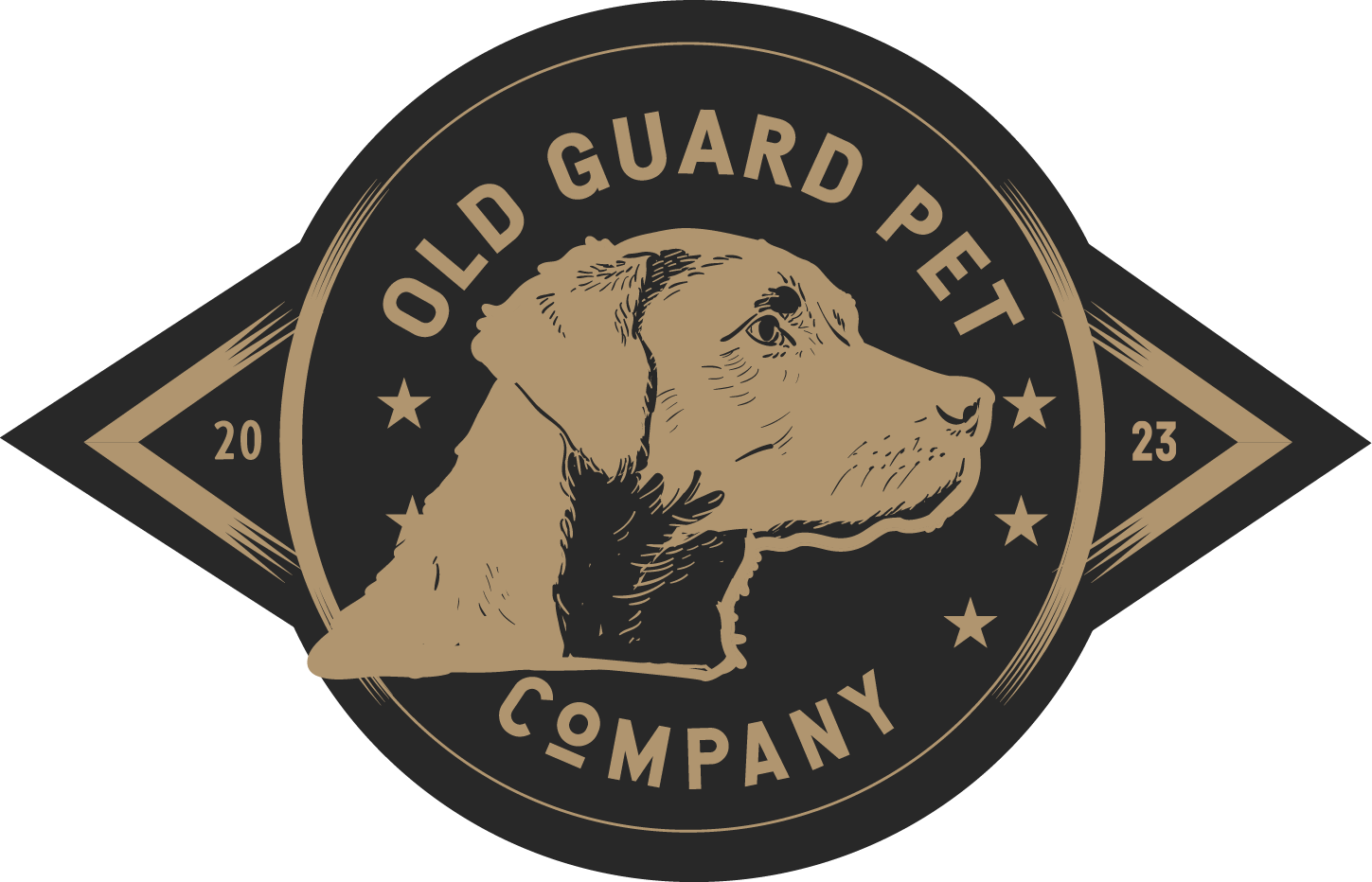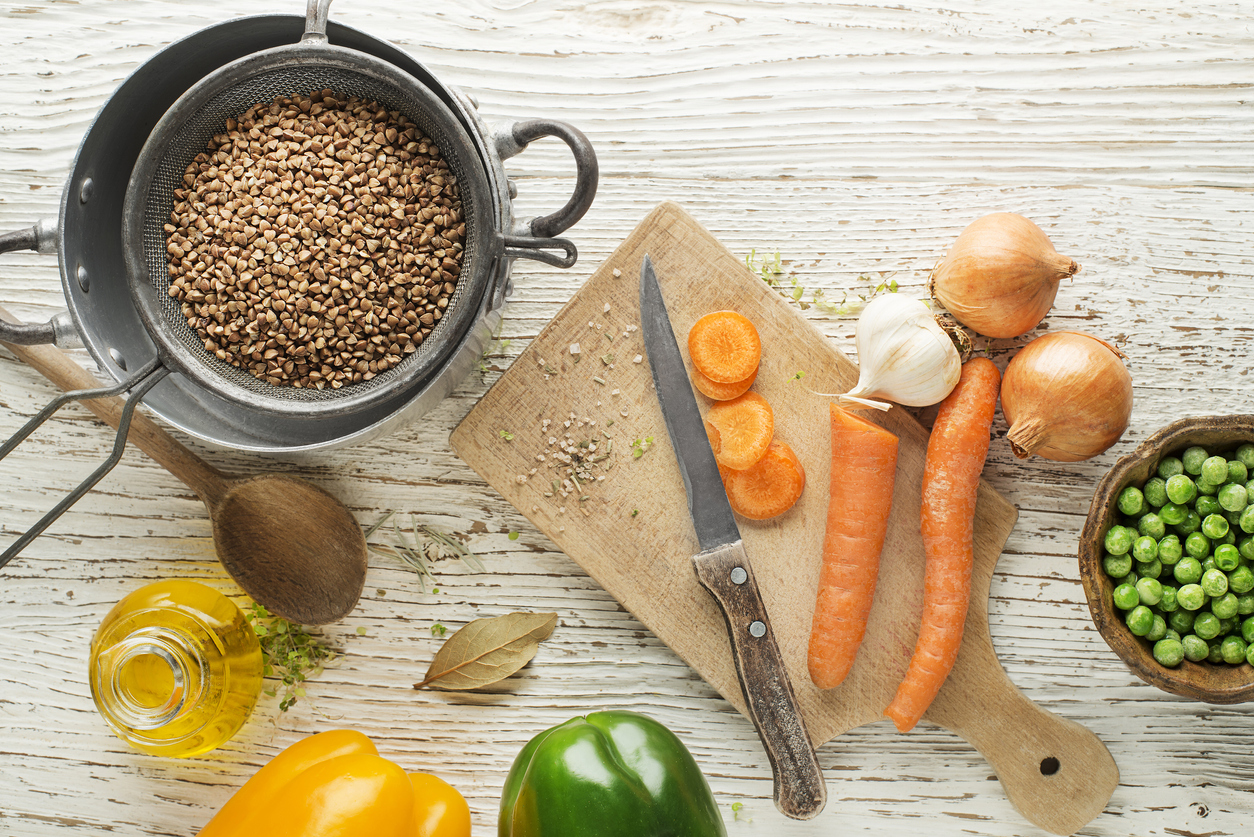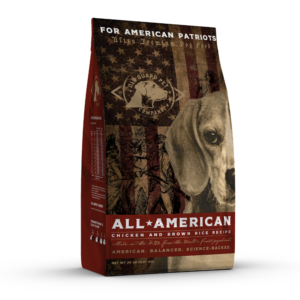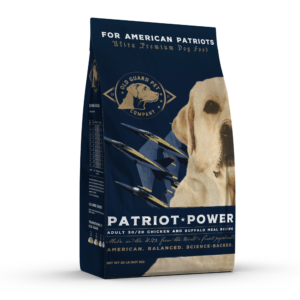In a previous blog, “Unveiling the Power of Carbohydrates: A Scientific Exploration into Their Vital Role in Enhancing Dog Health and Wellbeing” we shared the health benefits of carbohydrates and the science that exists to support their inclusion in premium dog food recipes. Here, we dive into the various types of carbohydrates and why some, like grains, have been given an especially bad name. Well, to summarize, it’s all-Fake News.
Why Have Carbohydrates, Including Grains Been Given a Bad Name?
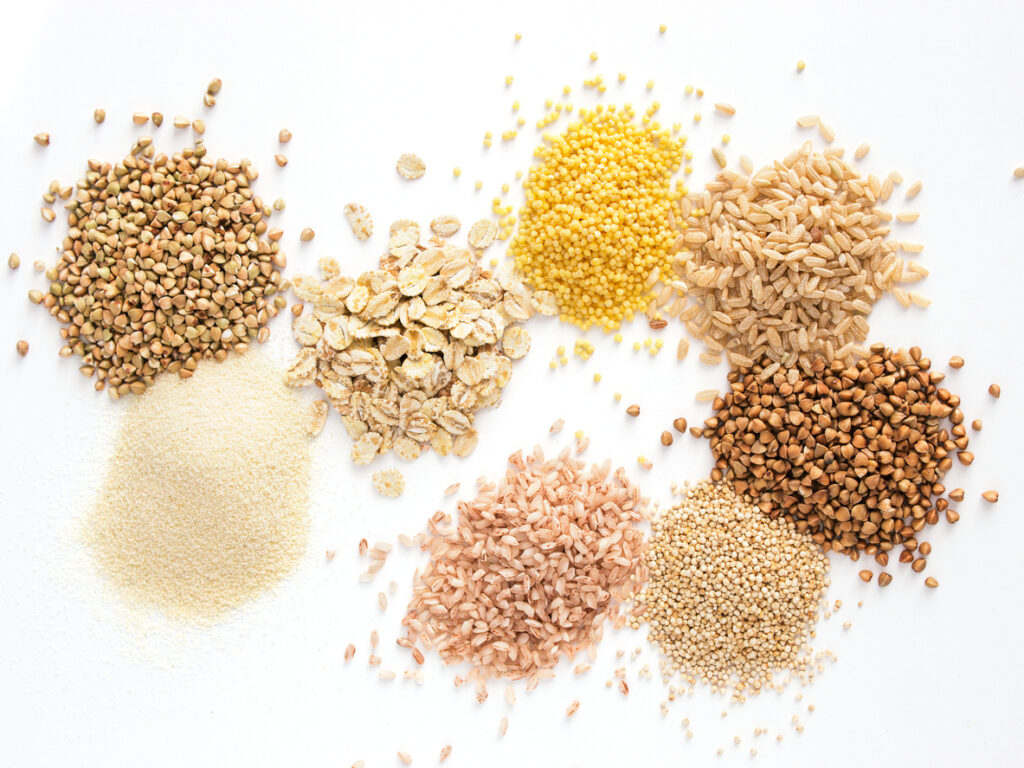
There is a massive amount of confusion when it comes to carbohydrates for dogs. This is generally driven by marketing gimmicks, completely inaccurate information from dog blogs/influencers, and even confusion amongst veterinarians without a deep understanding of nutrition. Grains are scientifically proven to provide a variety of health benefits including providing energy for movement, the brain, and essential metabolic processes. Also, grains naturally contain essential nutrients like antioxidants, vitamins, and minerals.
Fake-News Headline #1:
All Grains Cause Allergies
Grains were first inappropriately criticized when companies started making diets created for dogs with food allergies/sensitivities more mainstream. However, food-related allergies account for only 1-2% of all allergies in dogs, and within that small percentage, wheat accounts for 16% and corn only 3% of all food allergies in dogs. The primary factors in food allergies are due to animal proteins, and highest with beef and dairy.
Fake-News Headline #2:
Grain-Free Diets Are Low in Carbohydrates
This is not true. As mentioned above, grain-free diets typically include carbohydrates from pulses or legumes (peas, lentils, etc.). The percentage of carbohydrate or nitrogen-free extract (NFE)% can be the same, more or less than in grain-inclusive recipes. Legumes tend to have lower glycemic indexes; this means they break down more slowly and release glucose more gradually. This is valuable for some dogs but might not be ideal for all (growing puppies, pregnant or lactating, or all working dogs).
Fake News Headline #3:
Dogs are carnivores, are descended from, and share their DNA with wolves. We should feed them like wolves.
Often dogs are classified as carnivores because of their ancestor the wolf, and they do fall in the Carnivora order of mammals. However, just because the dog is included in the zoological order Carnivora doesn’t mean that it is. Let’s consider another animal in the Carnivora order, the Giant Panda, which is exclusively herbivore. Dietary needs are not solely defined by anatomy or lineage but, by the biological functions of an animal. You will hear people talk about dogs sharing 98% of their DNA with dogs. Yes, true. Humans share about 93% of their DNA with monkeys- do we eat like them? Dogs, unlike the wolf, have genetically evolved to consume carbohydrates.
Throughout evolution, the dog evolved mechanisms to efficiently digest and metabolize carbohydrates. Scientists have recently discovered that the gut microbiome (a community of microorganisms that reside in the gut/digestive tract) of early domesticated dogs suggests a shift toward a gut microbiome built for carbohydrate metabolism. Scientists can better study what dogs ate throughout periods of domestication and they are realizing the extent of reliance on grain consumption. An extreme example is in 7000 BC in northern China, where 65–90% of domesticated dogs’ diets were comprised of millet alone. Early settlers in America were also known to provide their dogs with grains in the 1770s.
A Separate Comment on Grain-Free Recipes and the Marketing Confusion
Recently, many companies that originally grew in popularity by offering grain-free recipes have started to provide grain-inclusive offerings, understanding the nutritional value grains offer, and fearing the negative press around the FDA investigation, through inclusive, grain-free recipes with high legume inclusion and the concern for increased risk of dilated cardiomyopathy (DCM.) Again, there is no conclusive link between grain-free recipes and DCM; however, the flood of recipes to the market now with “ancient grains” from companies that previously demonized grains demonstrates the lack of prioritization for dog health vs. following trends that will easily sell.
The Case for Grains and Old Guard Pet Company’s Approach: Science
At Old Guard Pet Company, we don’t follow trends, we leverage decades of scientific research and the nutritional needs of dogs for our formulation strategy. As science and data change so might our recipes. For Old Guard, that means including a mix of grains in our premium diets that are digestible, have balanced glycemic indexes, have data supporting their nutritional value, and the dog is well adapted to metabolizing efficiently. Carbohydrate level and type are tailored to the specific needs of a dog as dictated by the dog’s age, size, and activity. Our premium diets are appropriately customized to address these nutritional differences.
Five Dog Food Nutrition Secrets From a PhD
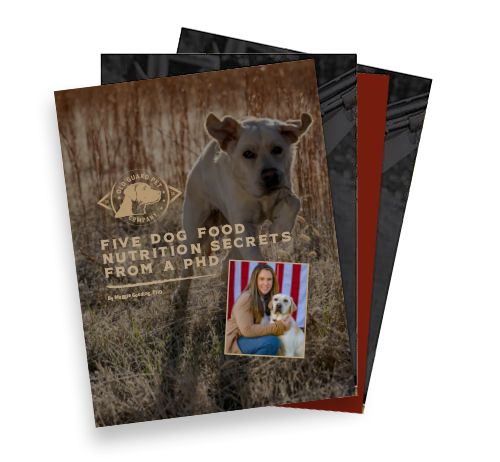
With so much information floating around out there on dog nutrition, how can you be sure you have the facts? In this guide, Founder Maggie Gooding, PhD, in Animal Nutrition and Behavior, with over a decade experience in R&D working on some of the largest pet food brands share five nutrition secrets to help your dog live a longer healthier life.
Get the inside scoop on:
- Nutrients
- Energy Balance
- Weight Control
- Dog Eating Habits
- Fibers and Fillers
Download by filling the form out below:
